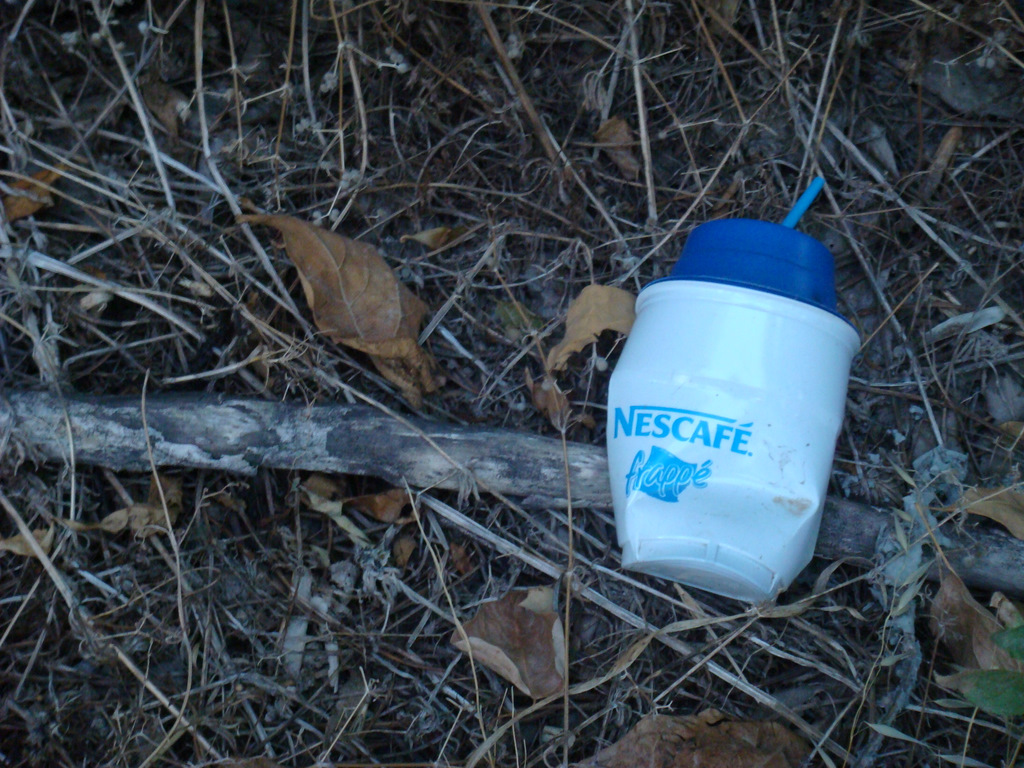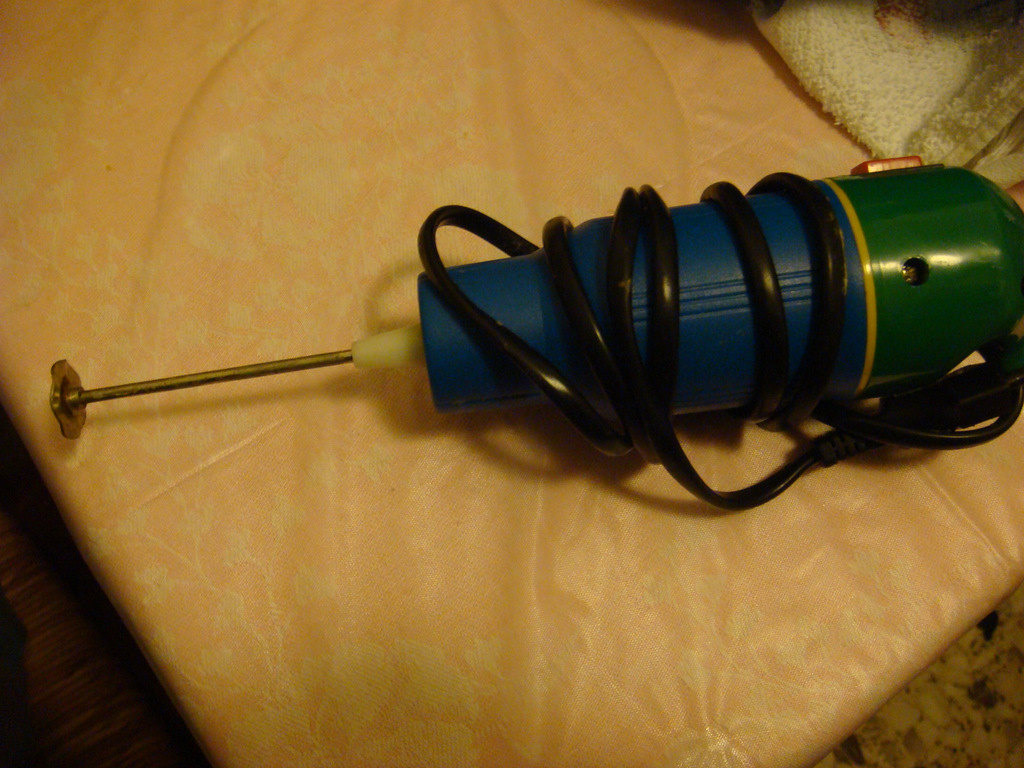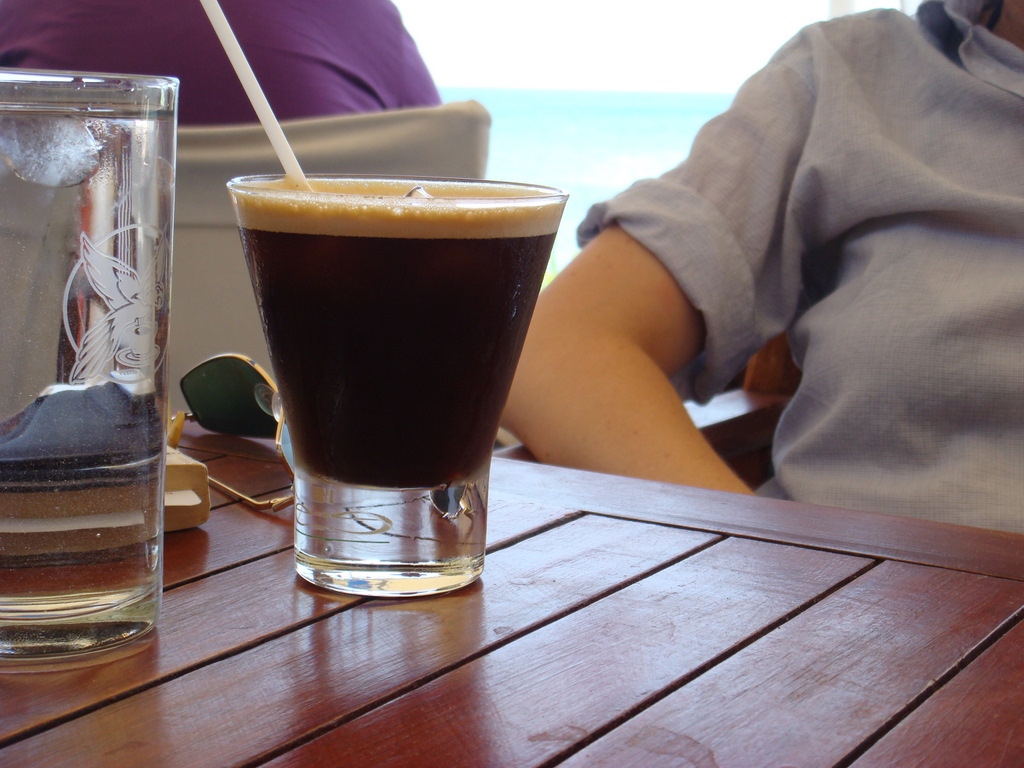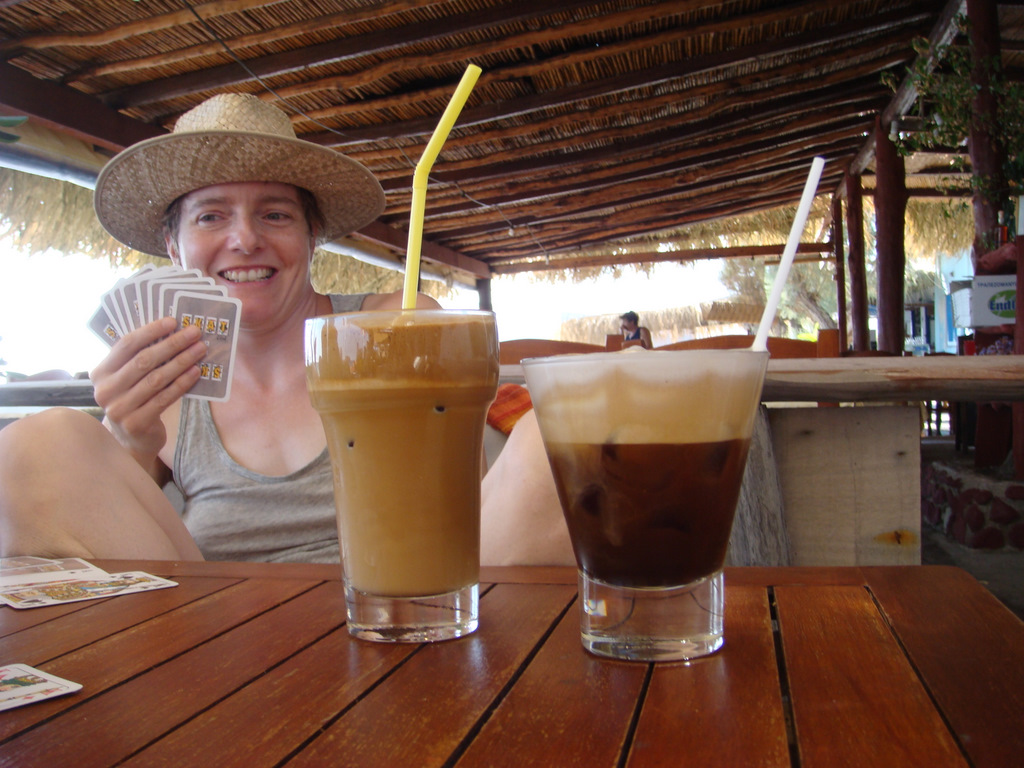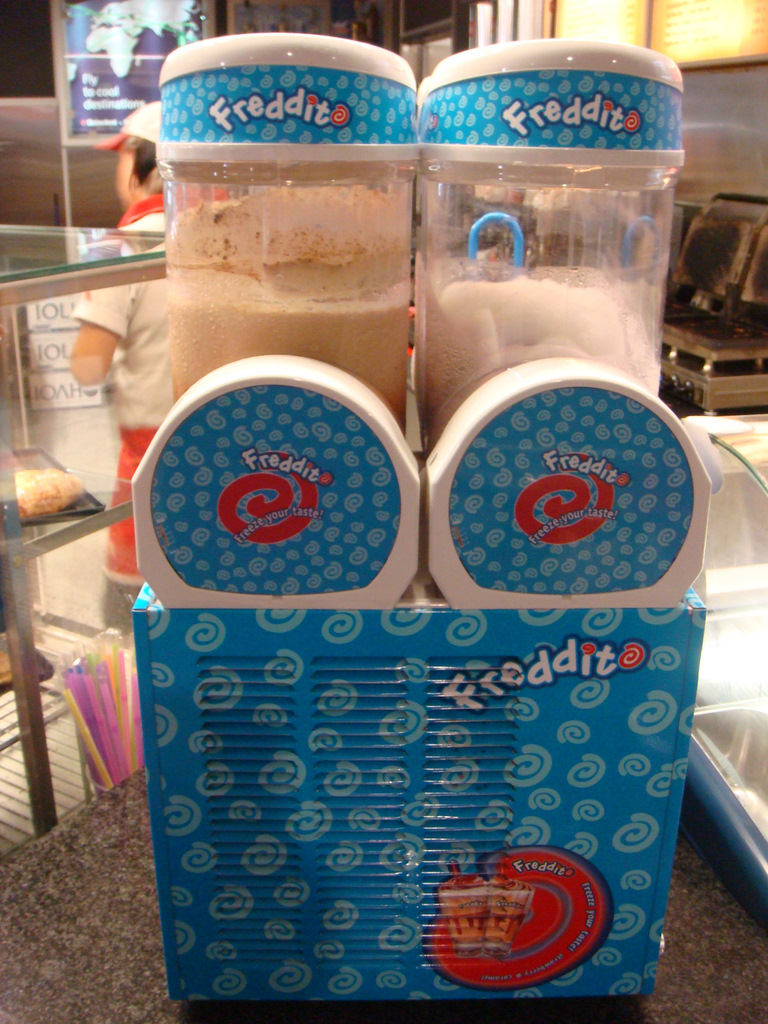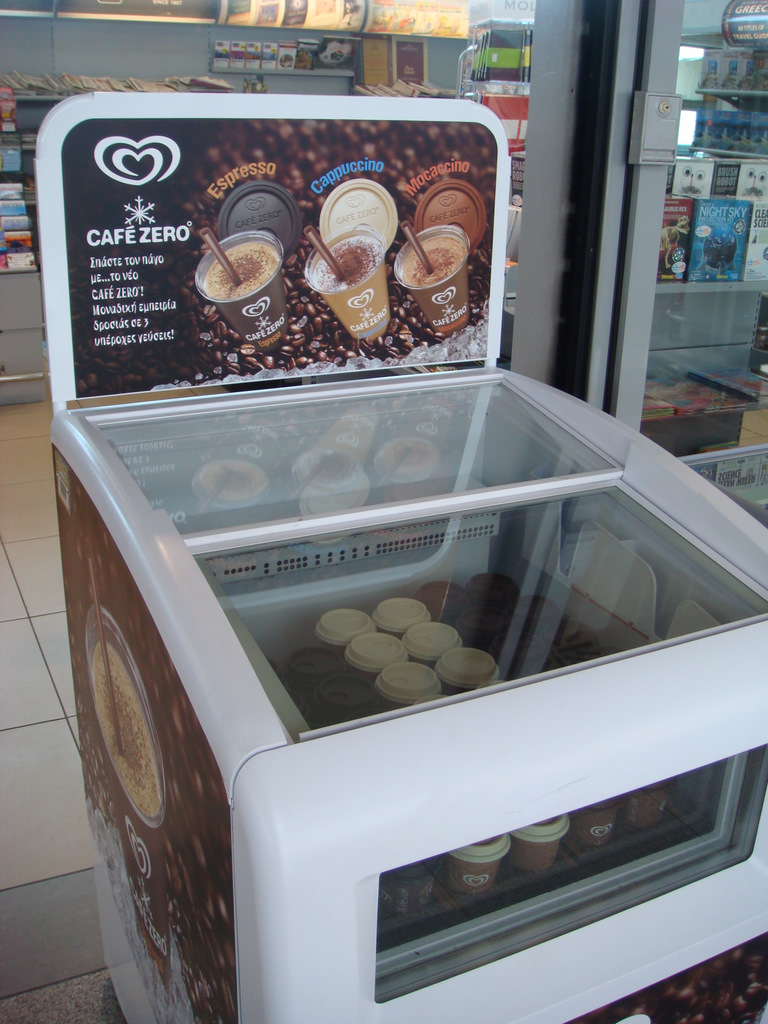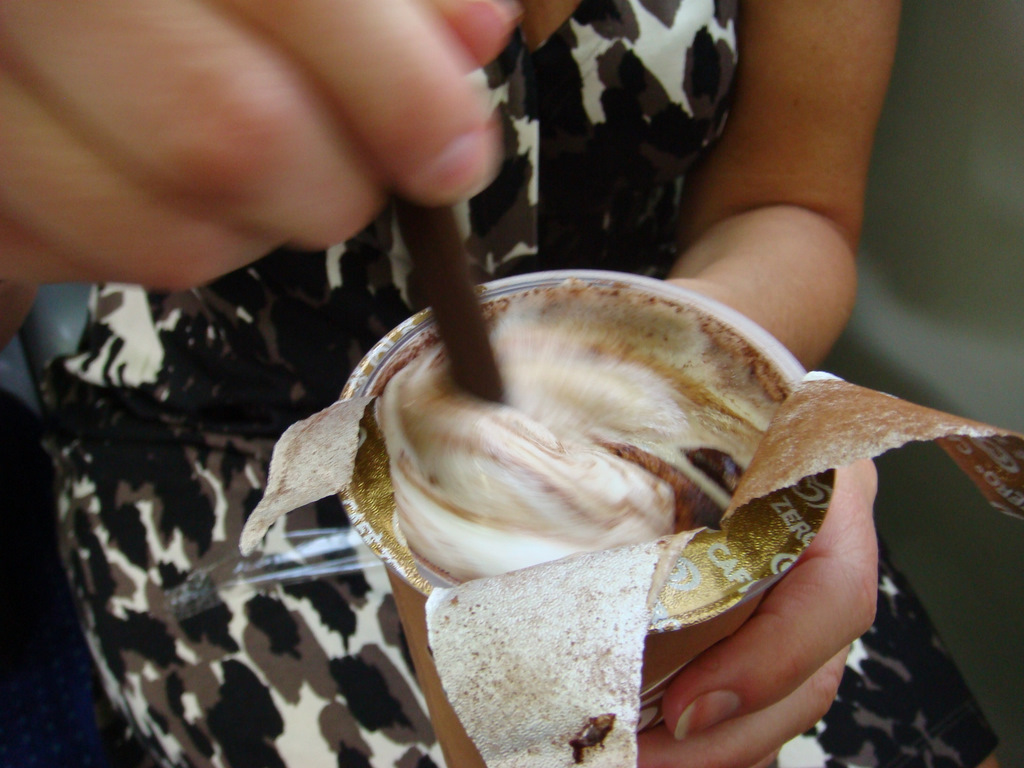About the time I was eating the most amazing mussels in the world, on the beach in Greece, I realized I should cut a teensy bit of slack to all those lazy food writers who overuse the phrase “a revelation” to describe whatever they’re eating. (I loathe this, for the record.)
I’m not saying the hand of God reached down and chucked me under the chin while I was eating, but I did have a moment of “a-ha” that was close to revelatory.
The next thought I had was: Maybe American food writers use “a revelation” so often because Americans have such awful food. In a cosmopolitan place like NYC, you can eat duck confit, medium-rare pork chops, assorted artisanal cheeses, and fresh veggies of all kinds, but very often you’re just eating a flawless simulacrum of the real thing…and probably paying a lot for it.
I use the prefix “art” to describe this, as in “an art pork chop.” Not at all to disparage the field of art or the process or art-making, but a food item that resembles food in every way but flavor may as well be an object placed on a plinth and lit with halogen bulbs. Then people can come peer at it and call it “cunning” in their critical reviews.
Because our food production system is so fucked up, and our palates so stunted by a relative lack of food tradition and our demand for cheap over tasty, we Americans eat art food all the time–and a lot of the time we don’t even know it.
It’s not till you eat a mussel that is briny and sexy like an oyster, but also sweet like a scallop, and sitting in a gorgeous translucent green shell that you realize exactly why people like mussels so much. It’s not till you eat a green fig off the tree that you realize what all the hype is about. And of course there’s always the “real tomato” issue.
So part of the problem I have with food writers having “revelations” all over the damn place is that they’re just showing exactly how little experience they have eating good food. If you’re having a revelation in print over some duck confit, it means you haven’t eaten good duck confit before. And shouldn’t that be just the barest qualification for getting paid to write about food?
Also, of course, food writers are always getting rapturous about their meals in France. Every food magazine every month has something about France–even Saveur, which is the most worldly of mags, and I admire them for it, still does the fallback “X region in France is amazing” story every couple of months.
I know France is great and all, but again, food writers are just revealing how un-stamped their passports are if all they’ve got to talk about is the charming village market and the authoritative French woman who prepares a revelatory lunch with her strong, assured hands.
Anyway, what I ate on my trip, which was soooo much more adventurous, and for which I was a million times better informed than even the most highly paid professionals:
1) Those motherf***ing mussels. We went back and had them a second time, and they weren’t as good–maybe they’d been overcooked, maybe they were not as fresh. It was good to know at least that Greeks in Eressos weren’t sitting around smugly eating mussels behind our backs every day.
2) Quick salt-cured sardines. Also in Greece, from a nice old lady in the village of Andissa. They were plump and succulent. A little obscene, like if you really did bite off your husband’s nice plump lip and ate it.
3) Pigeon in Cairo. I’ve already mentioned it, but that was truly, truly delectable. (And not a single bite of birdshot–there’s an urban legend in the city that all the pigeon comes from the shooting club, and friend-of-a-friend broke a tooth on birdshot once.) The pigeon gets stuffed with rice or freekeh (cracked green wheat), then it gets simmered for a while to cook the stuffing, and then it gets plopped down in a searing hot pan, to crisp up the skin. The broth from the simmering is served on the side in a mug, and it’s incredibly peppery and delicious. I would drink just the broth, but the resto has a policy that you also must order pigeon–but once you do, it’s all-you-can-drink broth.
4) Malta plums in Turkey. Not that these were the world’s most delicious fruit–just that I’d never had them before, and they were sweet and fascinating. They’re the color of apricots and have big, slippery seeds in the center, and they’re outrageously sticky. In the same day, I also got to sample some fresh chickpeas. Cool-looking, but enh.
5) Olive-oil-stewed sea beans, served cold, at Ciya in Istanbul. Every time, this restaurant has something delightful. They were still a little crispy-bouncy in texture, and the sort of salty you know comes from the inside rather than being added in the kitchen. (Incidentally, this is why Mediterranean fish are so delicious, claimed the fish grill man at our resto in Eressos.)
6) Ayran in Syria and Turkey. I’ve had it a lot before, but it’s always remarkable just how thirst-quenching salty, watered-down yogurt can be.
7) The world’s sweetest yogurt in Ayvalik, Turkey. We were eating a basic little lunch while waiting for the ferry, and I saw the guys at the next table had big plates of homemade yogurt. We got some for ourselves, and it was dairy-product heaven–light, not heavy like Greek strained stuff, and sweet-sour, and with a nice crusty layer of cream on top. Costa in Greece insisted it was because the Turks put sugar in everything–or at least used grape must to start the souring process. Which is interesting on its own. (On a separate dairy-product topic, I saw rennet for sale in a grocery store in Ayvalik–made by the major milk producer, and in a little bottle, right there next to the premade cheese. Great that there’s an assumption your average shopper would make cheese at home.)
8) Everything in Syria.
9) Apricots right off the tree in Greece, and even a few cherries. The local cherries (some we actually paid for, from the fruit stand) were exactly the sort of thing that make people say “a revelation.” They just kept tasting and tasting and tasting and tasting.
10) Best. Beans. Ever. in Istanbul. Fittingly, the name of the restaurant was ‘bean.’ At first, we ordered only one serving, and the waiter looked nervous. After I’d had a couple spoonfuls of Peter’s, and ordered my own, he looked relieved. Order and balance were restored. These beans were perfectly tender, just so they gave a bit when you bit into them, but held their shape. And they were swimming in this tomato-ish sauce that can only be described as pure umami. I have no idea what the magic ingredient was, but it did make me realize I hadn’t eaten pork in many, many weeks. Because that kind of tastiness I associate with pork bits, and here, they’d managed to get it by other means.
11) Assorted other things: kalkan (turbot) in Istanbul, baklava in Istanbul, borek in Istanbul, ice cream in Istanbul. Oh, and did I mention the man selling sardines, who had a beautiful silvery pile, but also a bucket of live ones, and periodically he’d grab a live one and throw it down on top of the silvery mound, where it would jump and thrash, as if to say, “These fish are soooo fresh…” Maybe a little sadistic, but a genius sales technique (right up there with the bra vendors I saw on the street in Cairo, tossing the biggest bras up in the air like pizza dough).
**For the record, Peter and I decided we’re against Turkey getting into the EU. Sure, some people might be a little less poor, or something. But it will inevitably make food worse, as produce-starved northerners demand Turkey’s farms yield bigger and more stuff. Currently, tomatoes are sweeter and cucumbers are crispier than anywhere but Syria, and I don’t want that to get fucked up by greenhouses. (Egypt, incidentally, has started using greenhouses–retarded, considering the one thing Egypt doesn’t lack is sun and dry weather. The tomatoes now suck.) Also, Turkey is already perfectly functional in other respects: you can drink the water, and you can even buy train tickets online. They don’t need the damn EU.
That is all. Must go eat breakfast/lunch. Probably no revelations to be had, alas.








